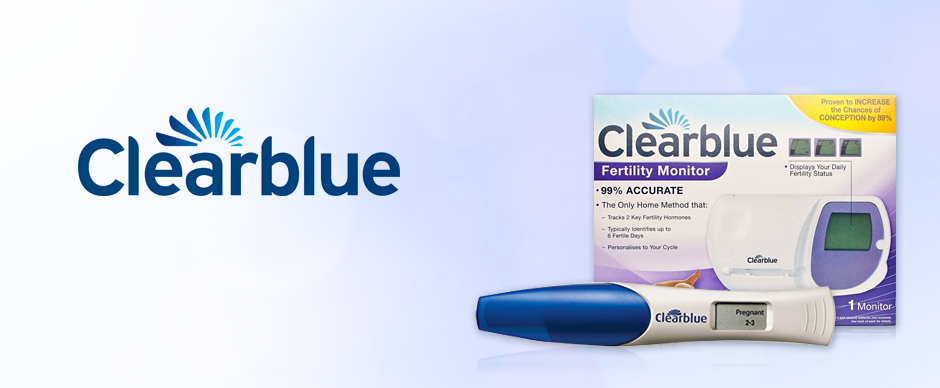
Ovulation
Understanding ovulation and the menstrual cycle is greatly beneficial for being more familiar with how the female body works. Through this knowledge you are better able to understand the happenings in your body and how you can properly care for yourself or others. Following is information on Understanding Ovulation and the Menstrual Cycle.
Whether you are just thinking about trying to have a baby, or are actively trying, gaining a better understanding about how your body works can be a big help. In fact one in two couples could be trying to conceive on the wrong days of a woman’s cycle1. Therefore we’ve put together some information to help you understand your menstrual cycle and the ovulation process.
Understanding Ovulation:
Ovulation is the name of the process that happens once in every menstrual cycle when hormone changes trigger your ovaries to release an egg. This usually happens 12 to 16 days before your next period starts.
The eggs are contained in your ovaries. During the first part of each menstrual cycle, one of the eggs is being prepared for release from the ovary.
As you approach ovulation, your body produces increasing amounts of a hormone called estrogen, which causes the lining of your uterus to thicken and helps create a sperm friendly environment.
These high estrogen levels trigger a sudden increase in another hormone called LH (Luteinizing Hormone). The so-called LH surge causes the release of the egg from the ovary and you’re ovulating.
Ovulation normally occurs 24 to 36 hours after the LH surge, which is why LH is a good predictor for peak fertility.
The egg can be fertilized for up to 24 hours after ovulation. If it isn’t fertilized the lining of the womb is shed and your period begins. This marks the start of the next cycle.
While an egg is only viable for about 24 hours, sperm can remain active for up to five days. It may therefore be surprising to learn that a couple can conceive four to five days before the egg is released.
Understanding your Menstrual Cycle:
If you want to find out when you’re most fertile, it’s important to get to know your own body and your menstrual cycle. To calculate the length of your cycle, count the number of days from the first day of your period (first day of full menstrual flow) to the day before your next period starts.
The cycle length may vary from woman to woman and from cycle to cycle and typically varies between 23 and 35 days
Ovulation Tests:
There are a number of ways that you can find out when you are ovulating but one of the most simple and accurate is by using home ovulation tests such as Clearblue Ovulation Tests and the Clearblue Fertility Monitor.

